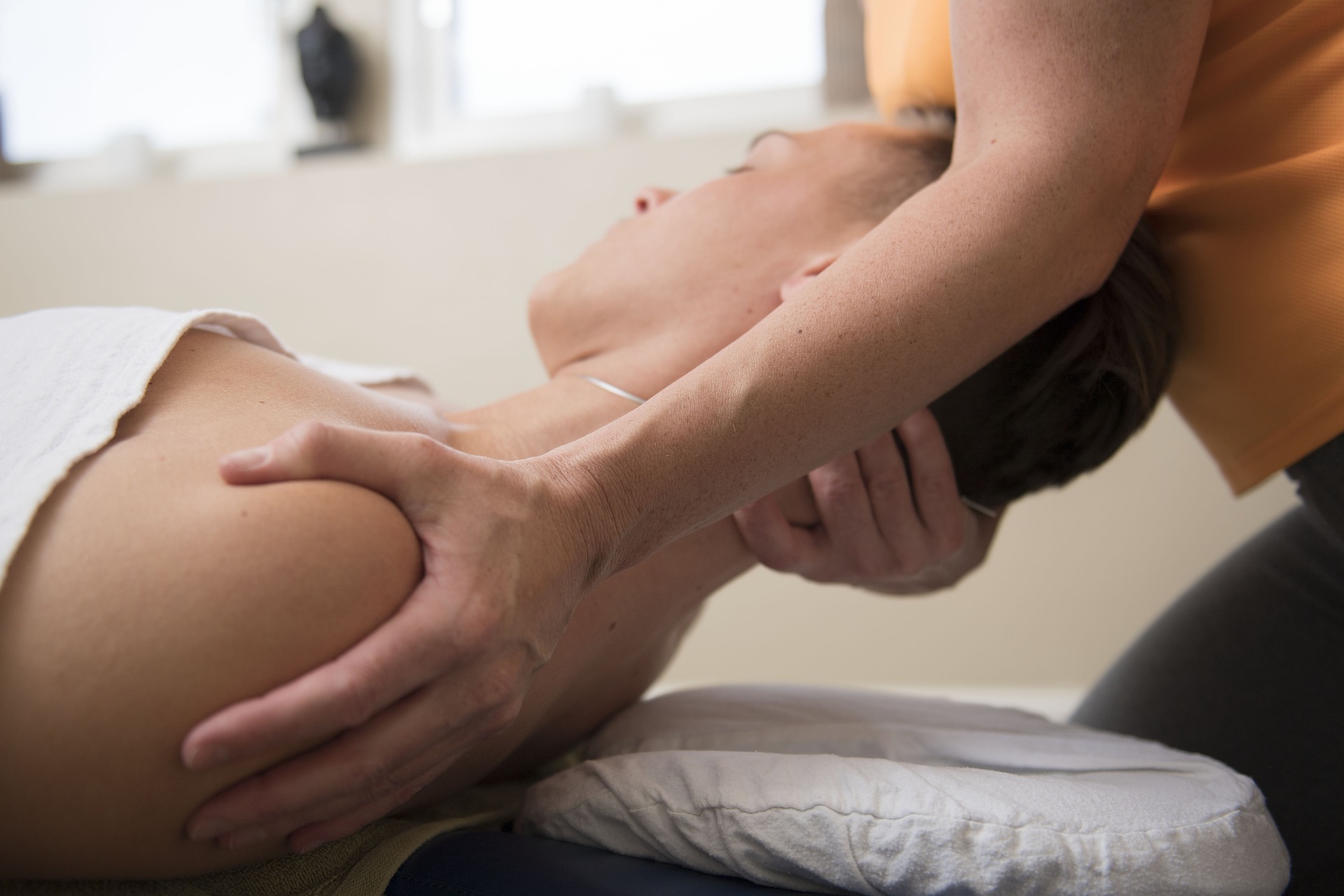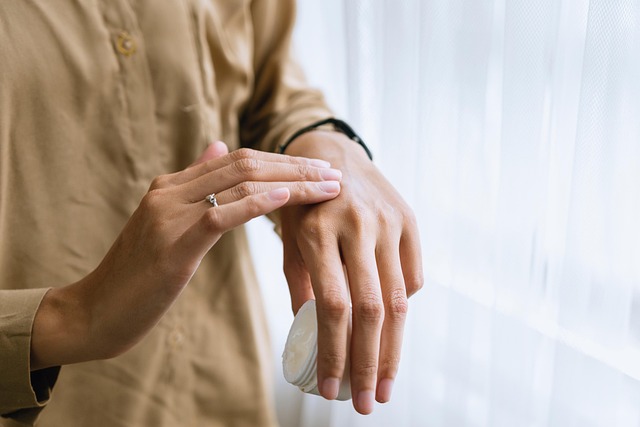Non-Surgical Approaches for Reducing Visible Pigmented Skin Bumps
Non-surgical strategies can reduce the visibility of pigmented skin bumps such as benign nevi by targeting pigment, surface texture or lesion volume. This article summarizes available non-surgical options, outlines consultation and procedural considerations, and highlights pigmentation, scarring, aftercare, recovery, telemedicine and costs.

Visible pigmented skin bumps, often described clinically as a nevus, can cause cosmetic concern or lead individuals to seek medical assessment for safety and appearance. Non-surgical approaches aim to reduce pigment intensity or smooth the lesion without immediate excision, balancing effectiveness with minimized downtime. Choosing an appropriate option requires careful evaluation of lesion features, patient skin type and medical history. A dermatology consultation can clarify whether a biopsy is needed prior to any destructive or cosmetic treatment and guide realistic expectations about pigmentation changes and potential scarring.
This article is for informational purposes only and should not be considered medical advice. Please consult a qualified healthcare professional for personalized guidance and treatment.
What is a nevus and when to consult dermatology?
A nevus is a localized aggregation of melanocytes that may present as flat or raised pigmented bumps on the skin. Many nevi are benign, but changing borders, irregular pigmentation, growth, bleeding, or new symptoms warrant prompt clinical evaluation. Dermatology consultation, whether via telemedicine for initial triage or in-person for detailed inspection, helps determine whether a lesion can be managed with conservative cosmetic methods or requires biopsy and possible excision. When there is diagnostic uncertainty, a biopsy remains the gold standard to exclude atypia or malignancy.
How do laser treatments target pigmentation and volume?
Laser therapies use specific wavelengths and pulse durations to target melanin or tissue structures. Non-ablative lasers focus on pigment while preserving the epidermal surface, often allowing shorter recovery and reduced scarring risk. Ablative lasers remove surface layers and can provide more dramatic resurfacing, but with longer recovery and higher scarring potential. Multiple sessions are frequently needed for noticeable pigment reduction, and outcomes vary with lesion depth and skin type. Discuss expected sessions, sun protection, and pigment recurrence risk with your dermatologist prior to scheduling treatment.
Can cryotherapy and topical treatments help?
Cryotherapy uses controlled freezing, typically with liquid nitrogen, to destroy superficial tissue and can lighten certain pigmented lesions. Topical agents—such as prescription bleaching creams, retinoids, or supervised chemical peels—can also reduce superficial pigmentation over time. These methods are generally less invasive than excision but carry risks of hypopigmentation, hyperpigmentation, or scarring if misapplied. Cryotherapy and topical regimens are best used when a lesion has been clinically confirmed benign or after biopsy clearance when appropriate.
When is biopsy or excision recommended instead of non-surgical care?
If a nevus displays atypical features—rapid change, irregular color, asymmetric shape, or concerning history—a biopsy should be performed before any destructive or cosmetic procedure. Excision is recommended when pathology shows atypia or malignancy, or when complete removal is preferred. Even for benign-appearing lesions, clinicians sometimes recommend biopsy to ensure safety, particularly for lesions in sun-damaged skin. A clear diagnostic pathway reduces the risk of undertreating a clinically significant lesion.
Managing scarring, aftercare and recovery expectations
After any treatment, diligent aftercare affects healing and cosmetic results. Follow wound-care instructions, keep the area clean, use recommended topical agents (for example, silicone-based products for scar modulation if advised), and avoid sun exposure to decrease post-inflammatory pigment changes. Recovery varies by procedure: non-ablative lasers and mild peels usually allow daily activities within days, while ablative treatments and surgical excisions may require weeks of healing. Monitor for persistent pigmentation changes or hypertrophic scarring and report concerns to your clinician.
Costs and real-world provider comparison
Costs vary by treatment type, provider, and geographic location. Telemedicine consultations are often less expensive and useful for initial triage, while in-person procedures with lasers or excision incur higher fees. The table below lists representative services and verifiable providers with typical cost ranges to illustrate benchmarks; verify current pricing with providers in your area.
| Product/Service | Provider | Cost Estimation |
|---|---|---|
| Cryotherapy (single lesion) | Mayo Clinic dermatology clinics | $50–$300 |
| Laser therapy (non-ablative/ablative sessions) | Cleveland Clinic dermatology or private laser centers (e.g., SkinSpirit) | $200–$1,500 per session |
| Chemical peel / superficial resurfacing | Medical spa chains or dermatology clinics (example: SkinSpirit) | $150–$600 per treatment |
| Telemedicine dermatology consult | First Derm or Teladoc Health dermatology services | $30–$150 per consult |
Prices, rates, or cost estimates mentioned in this article are based on the latest available information but may change over time. Independent research is advised before making financial decisions.
Conclusion
Non-surgical approaches can reduce visibility of pigmented skin bumps but differ in mechanism, downtime and scarring risk. A dermatology consultation—virtual or in-person—helps determine whether non-surgical management is appropriate or whether biopsy and excision are required. Discuss expectations for pigmentation improvement, aftercare, and costs with your clinician to choose the most suitable plan for your skin and medical needs.




